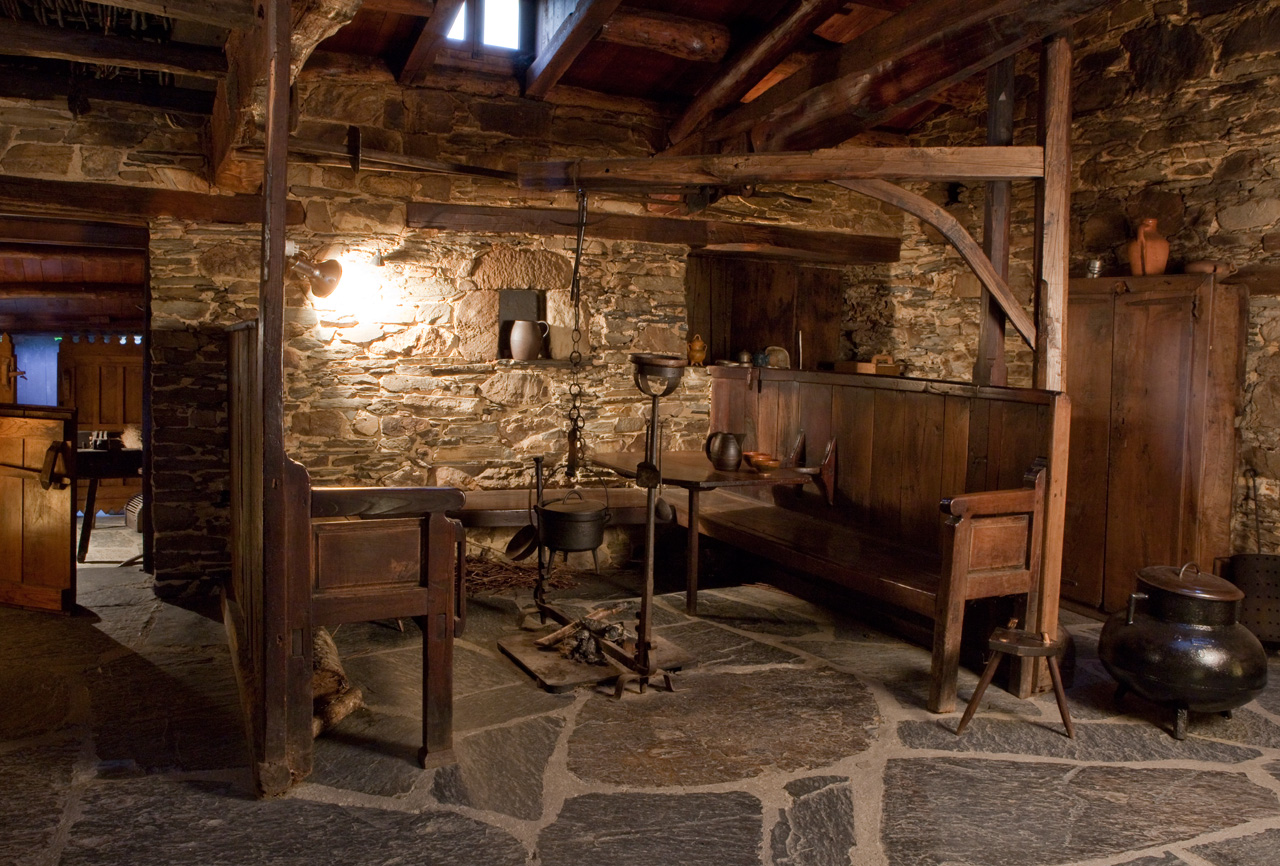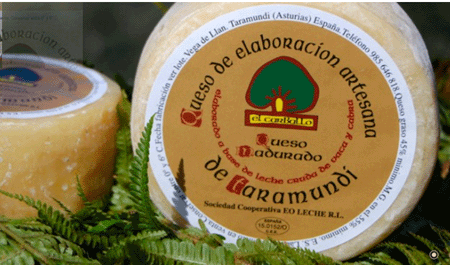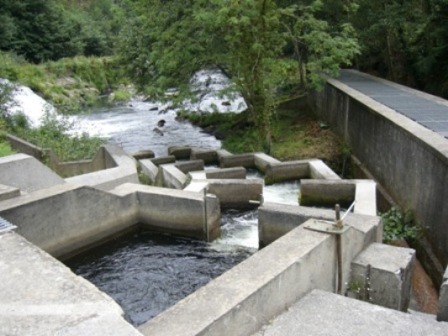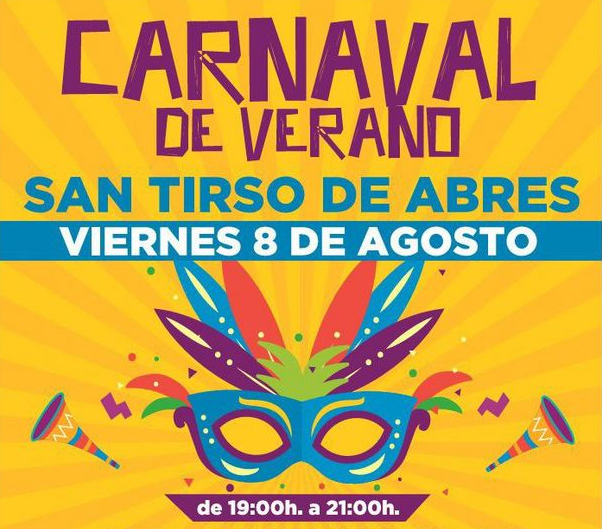- Home
- What to visit?
- Yacimientos Arqueológicos “Os Castros”
Yacimientos Arqueológicos “Os Castros”
- Taramundi
- Heritage
El yacimiento, conocido como Os Castros se localiza en la capital del concejo. Buena parte de su superficie se ha mantenido ajena al desarrollo urbano del municipio si bien la carretera que desciende hacia Mazonovo significó la destrucción algunas cabañas y parte de la muralla. En el año 2000 se iniciaron las excavaciones arqueológicas bajo patrocinio del Ayuntamiento de Taramundi, la Consejería de Cultura del Principado de Asturias y la meritoria colaboración de la asociación de hosteleros locales ANTURTA.
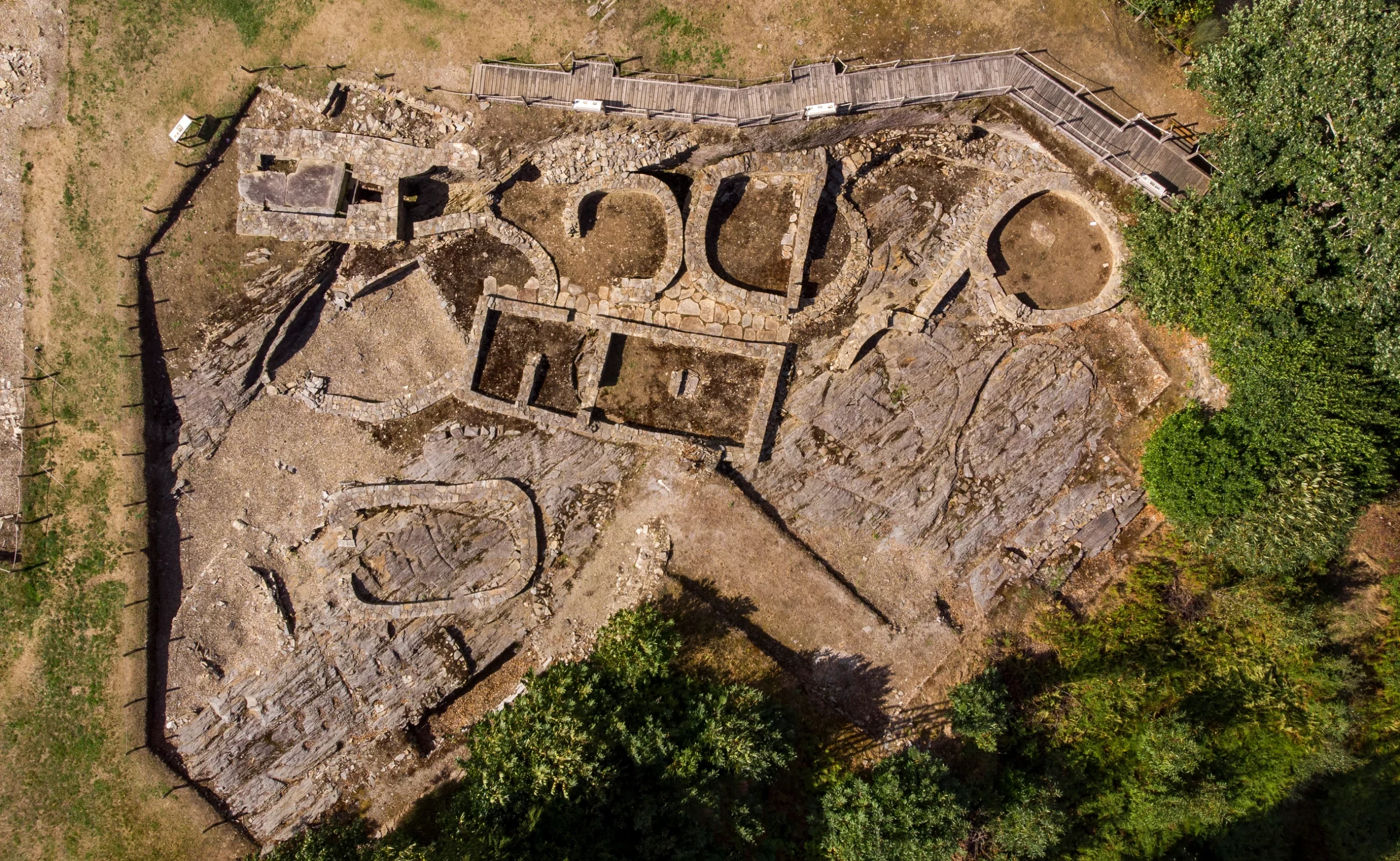
El lugar fue reconocido como poblado fortificado en 1969 por José Manuel González quien lo registró con la denominación de “El Castro”. Se localiza a una altitud de 230-250 m sobre el nivel del mar y se extiende sobre una superficie próxima a las 2 Ha. Es, por tanto, uno de los mayores castros catalogados en las tierras interiores del Navia-Eo.
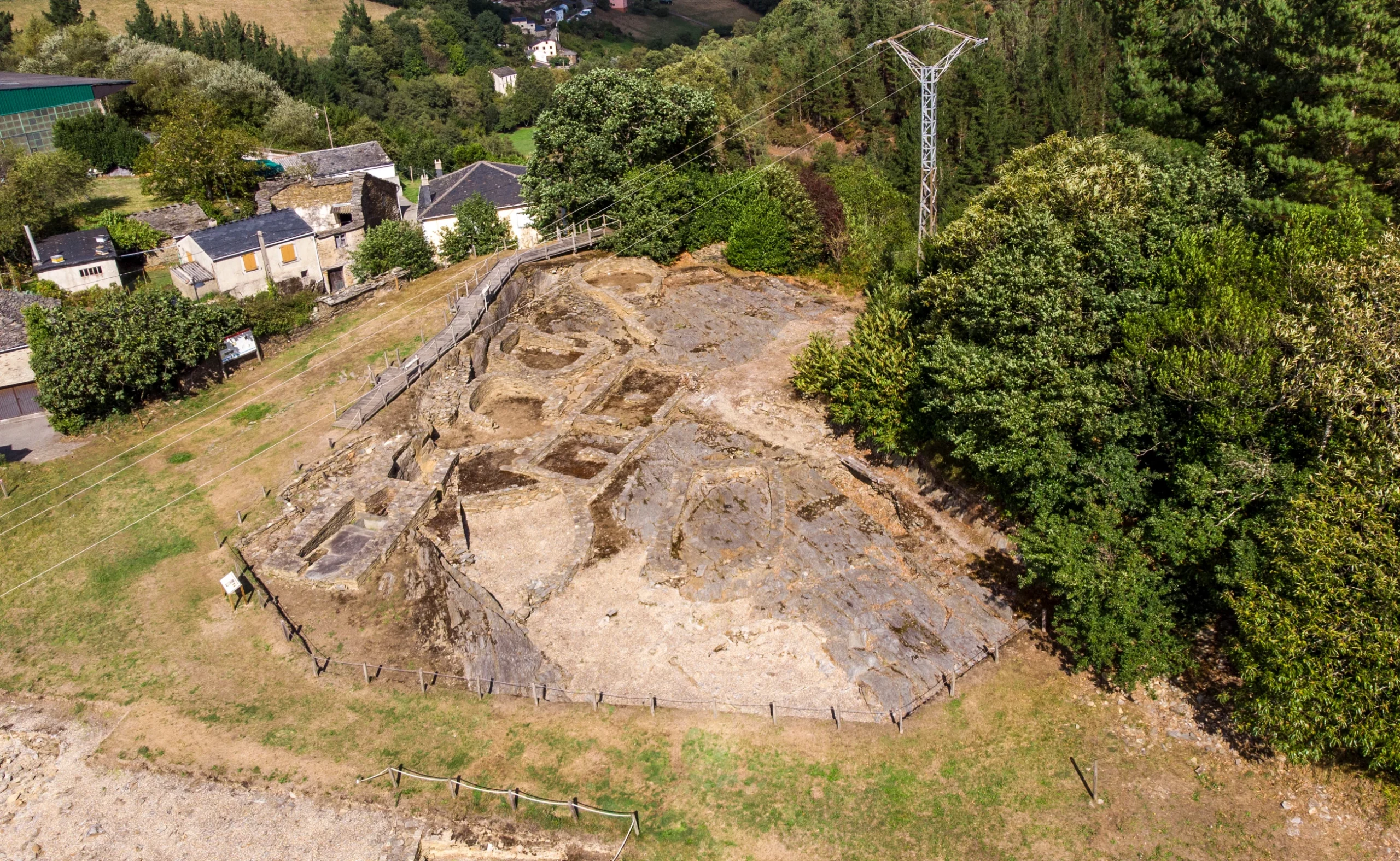
El castro estuvo delimitado hacia el norte por un profundo foso rebajado en la roca con escarpes que superaban los 4 m de profundidad y 6 m de amplitud.
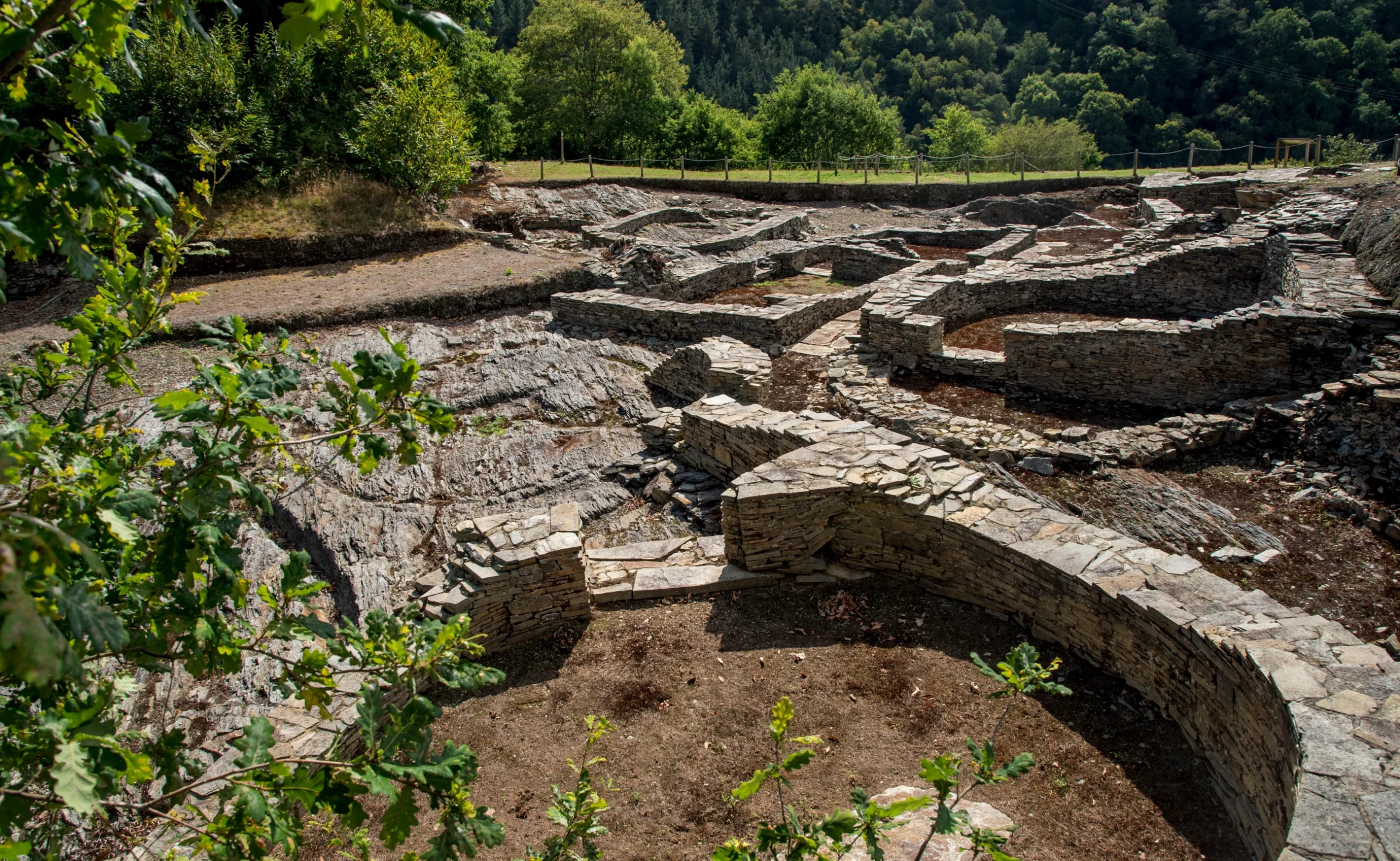
Las excavaciones arqueológicas se iniciaron en julio de 2000 como parte de las actividades programas en el Plan Arqueológico de la Cuenca del Navia-Eo. Hasta el momento se han exhumado en distinto grado hasta una docena de edificios organizados, una sauna castreña, varios tramos de calles y de fortificaciones correspondientes a diferentes épocas del poblado.
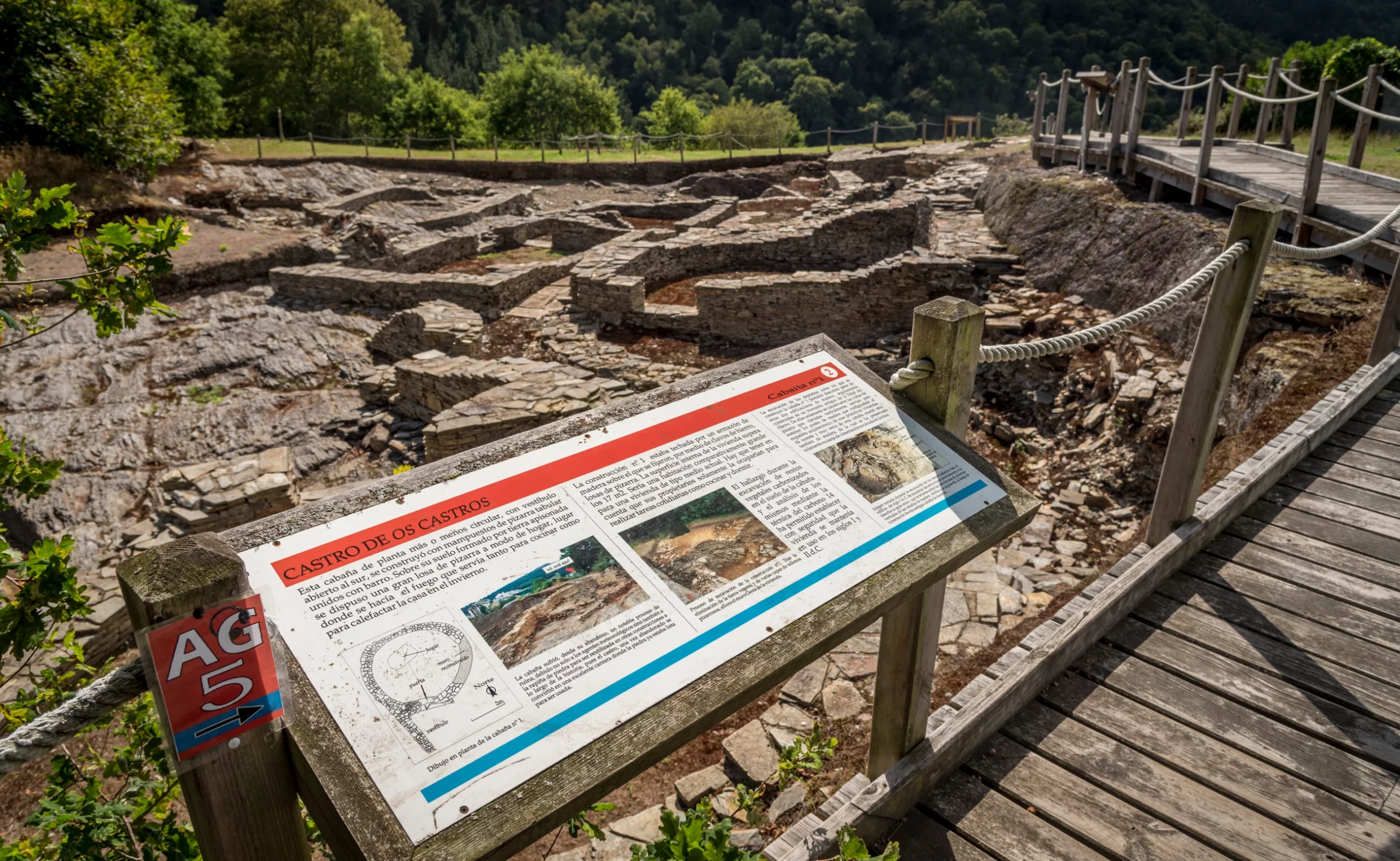
Basic information
- 985 646 877
- C. El Solleiro, 6A, Taramundi
Schedule
Cuenta con visitas guiadas durante los meses de verano, Semana Santa y algunas otras fechas señalas. Para más información dirigirse a la oficina de turismo de Taramundi.
Prices
Visita libre



